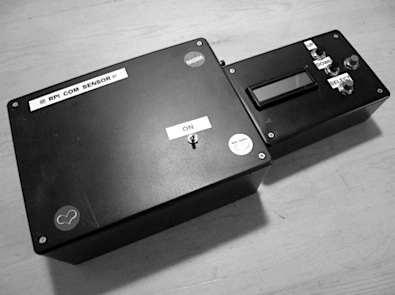 In the Fall of 2010 I began a collaborative project with two fellow graduate students at RPI to design an open-source modular environmental sensing platform. This would be used in educational workshops, but also to facilitate conversations about how environmental monitoring could be conducted at low-cost and without a base requirement of having advanced technical skills. These ideas were built on a large field of research in ‘participatory sensing’ also called ‘citizen sensing’.
In the Fall of 2010 I began a collaborative project with two fellow graduate students at RPI to design an open-source modular environmental sensing platform. This would be used in educational workshops, but also to facilitate conversations about how environmental monitoring could be conducted at low-cost and without a base requirement of having advanced technical skills. These ideas were built on a large field of research in ‘participatory sensing’ also called ‘citizen sensing’.
In the Spring of 2011 we were given an opportunity to work with the RPI Multidisciplinary Lab (MDL) which allowed us to contract a capstone design team of 12 engineering students to develop the sensor platform. Typically the MDL is contracted to provide solutions for industry partners like GE, Boeing, and IBM, and has facilities encompassing over 6,000sq.ft. of equipment for prototyping, fabricating, and workspace. Working with the team was a windfall for the project, although not without complications.
After much effort negotiating open copyright with the MDL administration, the MDL engineering team built their platform on an Arduino architecture, which allowed us to switch core processing components to off the shelf hardware as needed. In the end we came up with a hybrid solution of custom-MDL hardware and off-the-market hardware to bring into the field. The end device was capable of sensing volatile organic compounds (VOCs), carbon monoxide (CO), temperature, relative humidity, and soil moisture.
You can read more about some of the theoretical concepts that informed the Culturally Situated Community Sensing in my 2011 paper “CULTURALLY SITUATED SENSING: Peer Innovation and Citizen Sensing in Native American Communities” commissioned by the Intel Corporations’ Experience Insight Lab.
This project received funding from the NSF GK-12 Triple Helix project under PI Ron Eglash.











